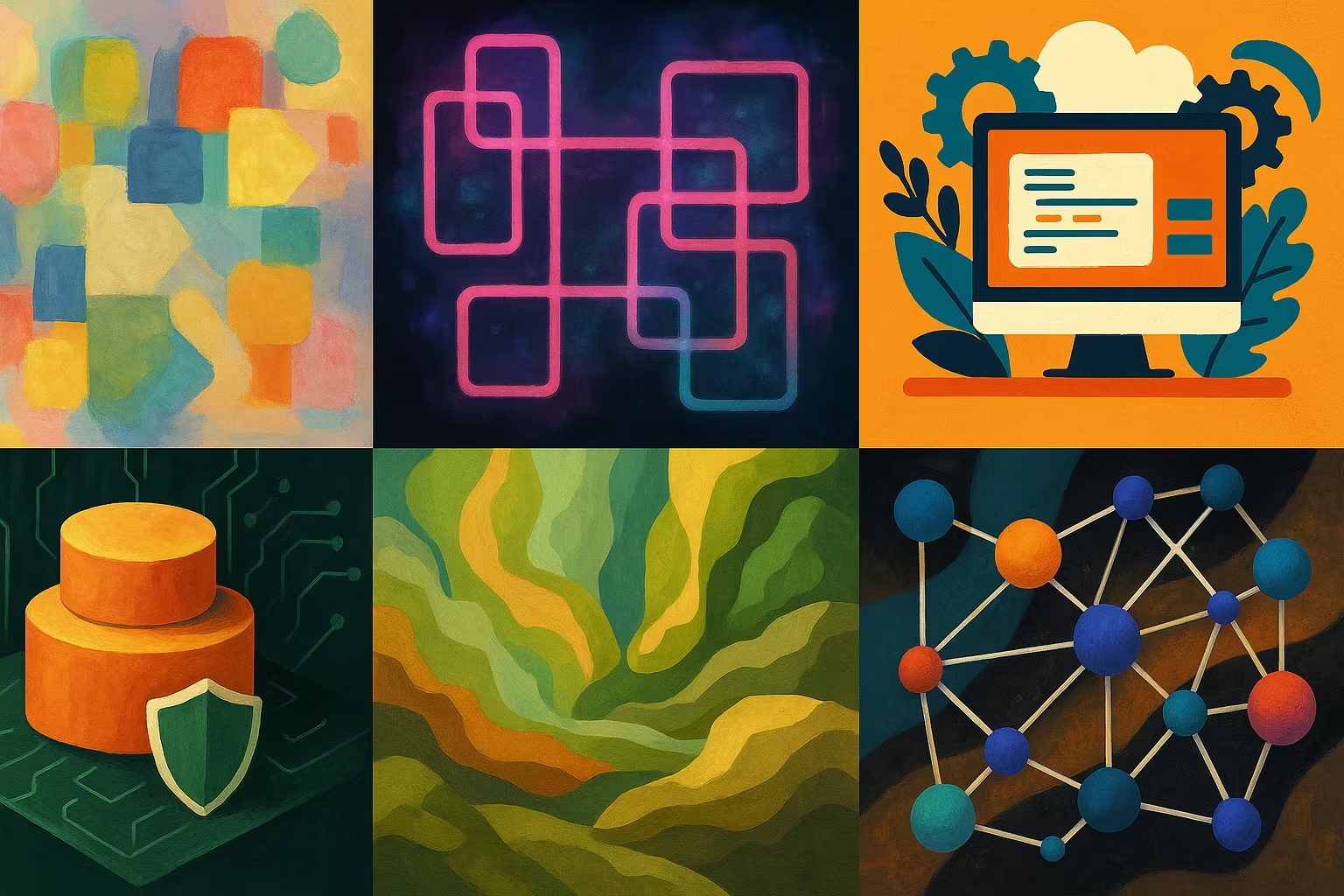World Bank Open Data
World Bank Open Data is a reference resource for economic, social, and environmental data. Published by the World Bank, it offers free access to key indicators from hundreds of countries around the world.
Several thousand datasets in CSV and XLSX formats
Free access under the Open Data Commons license (ODC-BY)
Description
The platform brings together a vast collection of open data on various themes: economic development, education, health, environment, infrastructures, demographics... The data is regularly updated and available in standard formats facilitating their analysis.
It includes:
- Time-series over several decades
- Macroeconomic indicators (GDP, inflation, foreign trade...)
- Data on public policies and living conditions
- Trusted sources from governments, international institutions and partner agencies
What is this dataset for?
World Bank Open Data is commonly used to:
- Analysis of economic and social trends on a global scale
- Academic research in economic, geopolitical or societal sciences
- Predictive modeling in the context of public policies
- Training or validating data science models applied to socio-economic indicators
Can it be enriched or improved?
Yes, depending on the project:
- By cross-referencing this data with more detailed local or sectoral sources
- By integrating interactive visualizations to facilitate understanding
- By developing personalized dashboards for strategic intelligence
- Using data as a training base for AI models for economic forecasting or anomaly detection
🔗 Source: World Bank Open Data
Frequently Asked Questions
Is the data comparable between countries?
Mostly yes, because the World Bank applies methodological standards. However, differences may exist depending on the statistical rigor of the contributing countries or the availability of information.
Can this data be used for commercial purposes?
Yes. The data is published under an Open Data Commons — Attribution (ODC-BY) license, which allows its use including for commercial purposes, provided the source is acknowledged.
How do you integrate this data into a Machine Learning project?
CSV or Excel files can be cleaned, aggregated, or combined with other sources to build predictive data sets, especially for regression, classification, or temporal analysis models.






